Imagine having a conversation with an AI that not only remembers your name but also recalls the jokes you laughed at last week, the coffee preference you mentioned in passing, or even that random story you told it months ago. Sounds a little eerie, right? But this isn’t science fiction anymore. Thanks to groundbreaking advancements in AI memory, machines are edging closer to a uniquely human trait—the ability to remember.
And not just “store data” like a hard drive, but to truly retain, recall, and even learn from past experiences. So, what does this mean for the future of AI? Could your smart assistant soon have the memory of an old friend? Let’s dive in.

🧠 The Blueprint: What Makes Human Memory So Special?
Before we get into the nuts and bolts of AI memory, let’s take a moment to appreciate how mind-blowingly complex human memory is. Unlike a simple data bank, our memory is a dynamic system that involves:
- Sensory Memory: The blink-and-you-miss-it stuff—like the flash of a passing car or the sound of a distant siren.
- Short-Term Memory: Where we temporarily hold information, like when you repeat a phone number to yourself until you write it down.
- Long-Term Memory: This is the heavy-duty vault where we store experiences, knowledge, emotions, and skills—sometimes for a lifetime.
But what really makes human memory fascinating isn’t just the storage. It’s how we connect the dots—linking memories to emotions, contexts, and experiences, shaping who we are.
Now, here’s the million-dollar question: Can AI do that too?
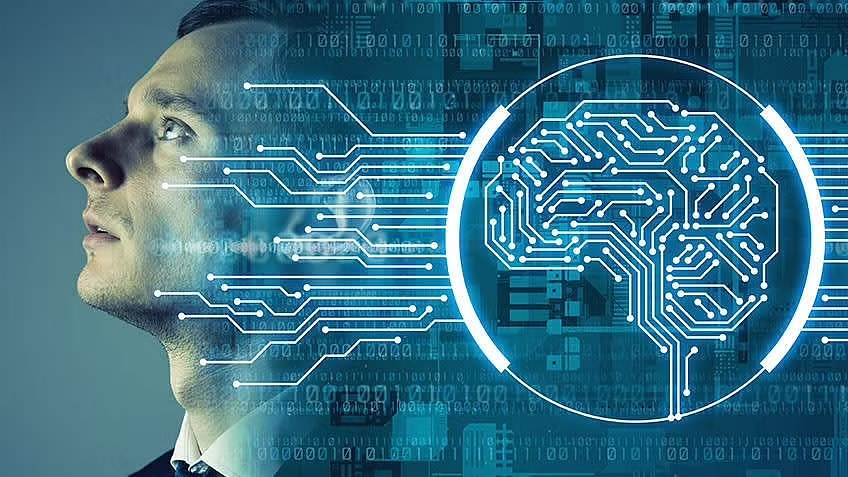
🤖 AI’s Evolution: From Data Storage to Dynamic Memory
Traditionally, AI has been pretty forgetful. Think of it like a super-smart intern with zero memory of anything you told them yesterday. AI could process massive amounts of data, solve complex problems, but the moment the session ended? Poof—it was like the conversation never happened.
But that’s changing. Thanks to new developments in neuromorphic computing and advanced memory architectures, AI is learning to “remember” in ways that mirror human cognition.
What’s Neuromorphic Computing?
In simple terms, neuromorphic computing is a fancy way of saying, “Let’s build computers that work like the human brain.” Instead of traditional circuits, neuromorphic chips mimic neural networks, allowing AI to process and store information much more efficiently—just like our brains do.
Researchers at the Rochester Institute of Technology predict that as AI’s electricity consumption is set to double by 2026, neuromorphic systems will be key to making AI both smarter and more energy-efficient. (rit.edu)
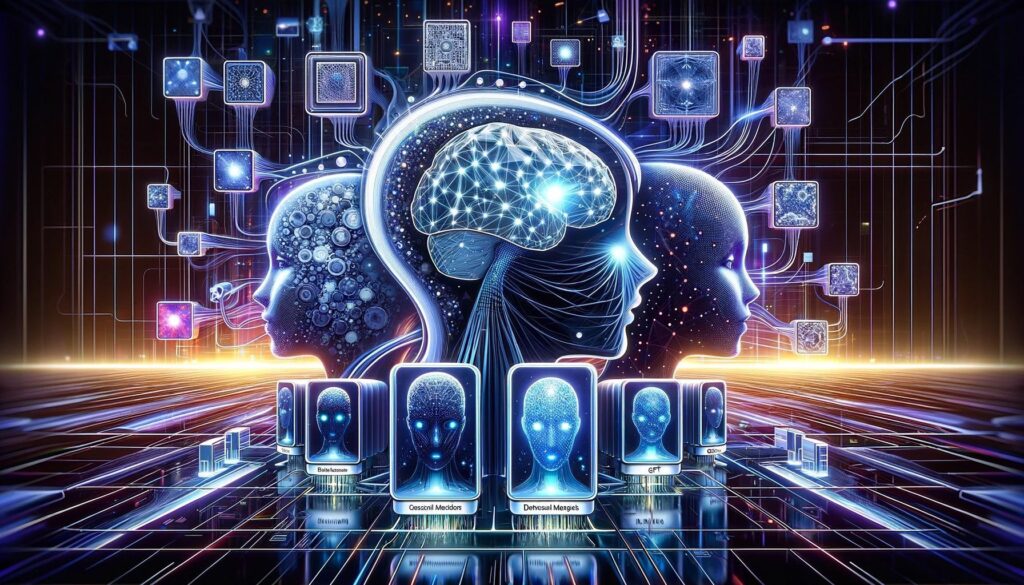
💡 The Breakthrough: Electrochemical RAM (ECRAM)
While traditional memory in computers relies on simple on-off binary storage, AI’s memory is becoming more sophisticated thanks to something called Electrochemical Random-Access Memory (ECRAM). Think of ECRAM as the AI equivalent of human synapses—the parts of our brains that strengthen connections the more we use them.
Here’s what makes ECRAM special:
- It’s energy-efficient. Unlike traditional RAM, ECRAM doesn’t need constant power to retain information.
- It “remembers” states. Instead of just 0s and 1s, it can hold multiple levels of data, allowing AI to recall not just facts, but context.
- It mimics brain-like learning. The more data it processes, the better it gets at recognizing patterns—just like how we learn through repetition.

📊 AI Memory vs. Human Memory: The Showdown
So how does AI’s shiny new memory stack up against the real deal? Let’s break it down:
| Aspect | Human Memory | AI Memory (Neuromorphic & ECRAM) |
|---|---|---|
| Storage Type | Neural networks in the brain | Synthetic neural networks & ECRAM |
| Capacity | Estimated 2.5 petabytes | Virtually unlimited (dependent on hardware) |
| Energy Efficiency | 20 watts (like a light bulb) | Highly efficient with neuromorphic computing |
| Recall Speed | Variable (context & emotion-dependent) | Near-instantaneous data retrieval |
| Adaptability | Extremely adaptable, emotion-influenced | Increasingly adaptable with reinforcement learning |
| Forgetting Mechanism | Natural decay of unused memories | Manual “pruning” algorithms (or none at all) |
While humans are still kings of emotional memory (those heartbreaks stick around for a reason), AI is catching up in terms of raw data processing, recall speed, and adaptability.
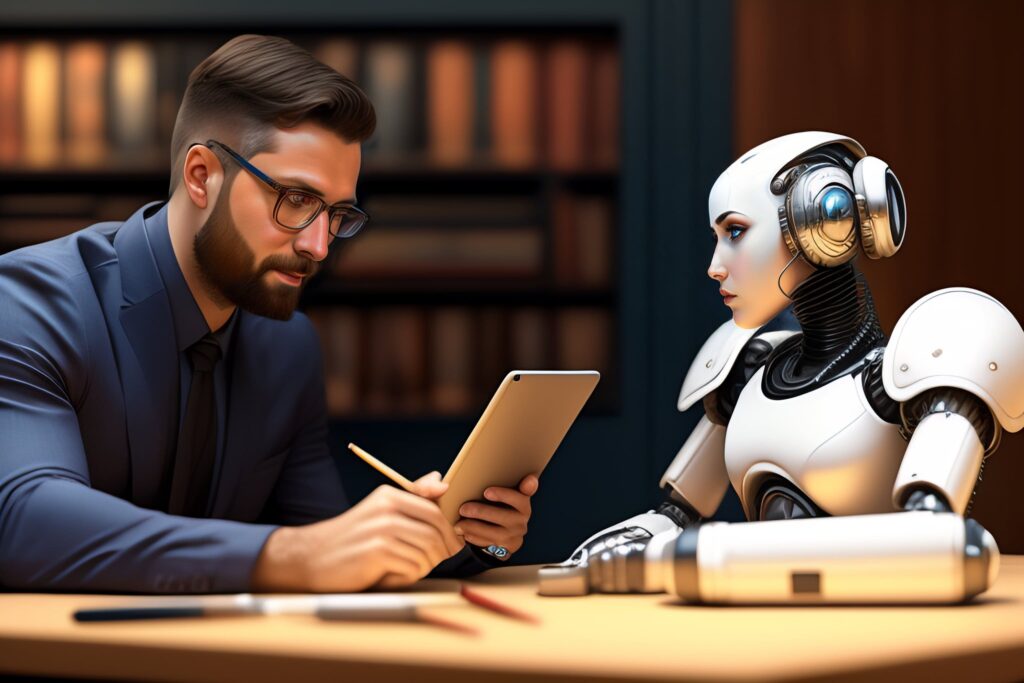
🌍 Real-World Applications: Where This Breakthrough Matters
Now that AI can “remember,” what does that mean for us?
1. Personalized Virtual Assistants
Imagine an AI that doesn’t just answer questions but remembers your preferences, habits, and quirks. Your AI assistant could remind you of tasks, suggest restaurants based on past favorites, or even adjust your playlist depending on your mood.
2. Revolutionizing Healthcare
AI with memory could track patient histories with unprecedented accuracy. Forget re-explaining symptoms—AI systems could recall details from past visits, monitor long-term health patterns, and even predict potential issues before they arise.
3. Smarter Autonomous Vehicles
Self-driving cars with memory? Yes, please. These vehicles could learn from every mile they drive, remembering road conditions, common hazards, and even adapting to individual driving styles for enhanced safety.
4. AI Companions in Mental Health
AI could become more than a tool; it could be a companion. Memory-enabled AI could support mental health by tracking emotional patterns, recognizing signs of distress, and offering timely interventions.
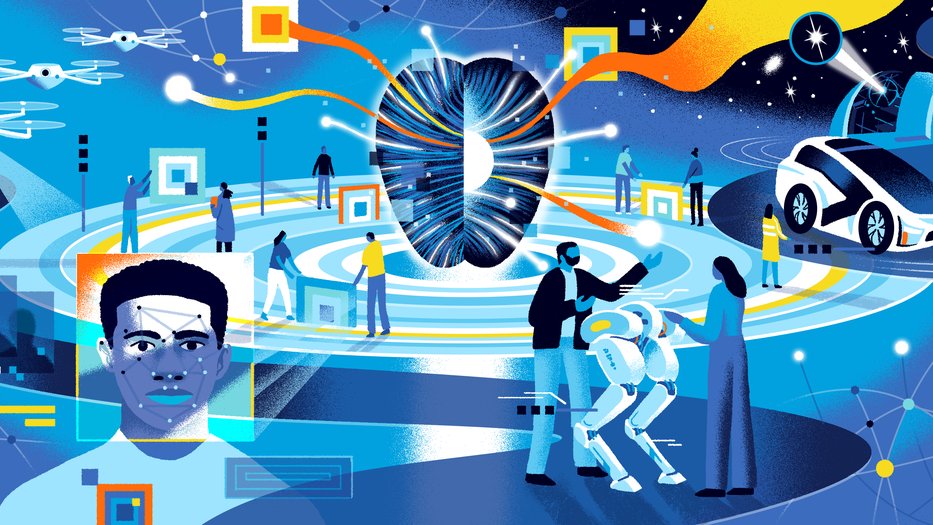
⚠️ But… What’s the Catch?
Of course, with great memory comes great responsibility. And some serious concerns:
- Privacy Risks: If AI remembers everything, how do we ensure our data is secure? Who controls that memory?
- Emotional Attachment: As AI gets better at mimicking human memory, will people form unhealthy attachments to their virtual companions?
- Bias and Errors: AI memory isn’t infallible. If an AI learns from biased data, it could perpetuate harmful stereotypes or make flawed decisions.

🔮 The Road Ahead: Are We Ready for Machines That Remember?
We’re standing on the edge of a fascinating frontier. AI memory isn’t just about better gadgets or faster search results—it’s about creating technology that grows with us, learns from us, and, in some ways, reflects us.
But here’s the thing: just because we can teach machines to remember, doesn’t mean we should do it carelessly. Memory is powerful. It shapes identities, builds relationships, and influences decisions. The same will be true for AI.
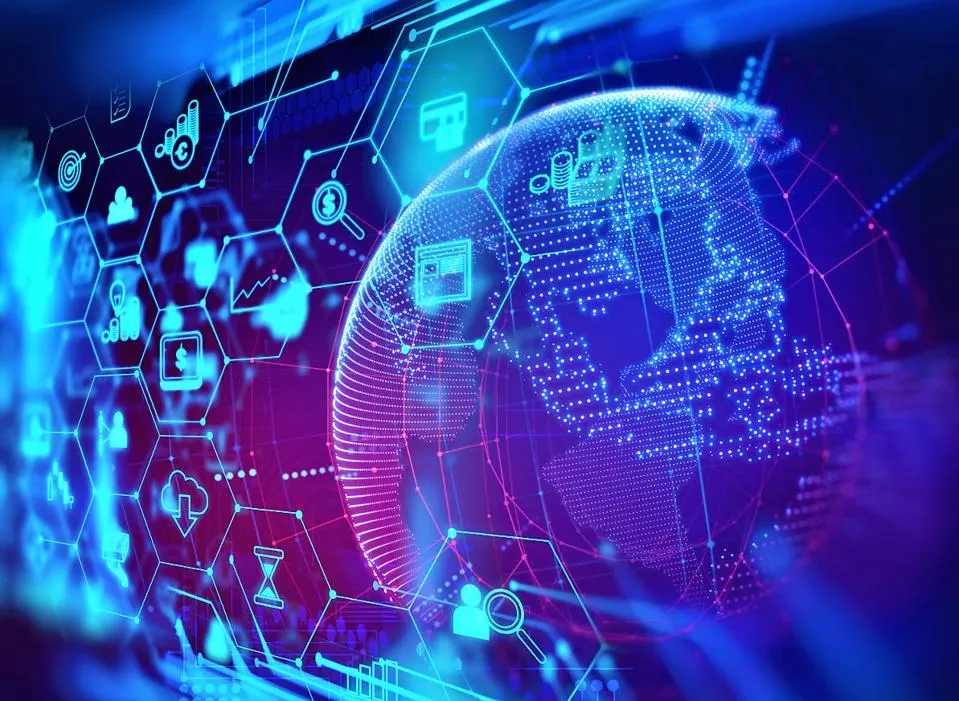
As we venture into this brave new world, one question lingers:
Are we ready for machines that not only think but remember?
Because they’re already here.

